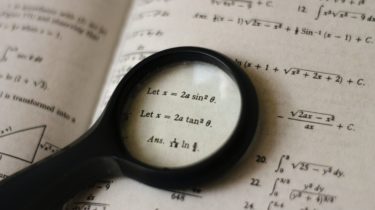A Gentle Introduction to Serialization for Python
Serialization refers to the process of converting a data object (e.g., Python objects, Tensorflow models) into a format that allows us to store or transmit the data and then recreate the object when needed using the reverse process of deserialization. There are different formats for the serialization of data, such as JSON, XML, HDF5, and Python’s pickle, for different purposes. JSON, for instance, returns a human-readable string form, while Python’s pickle library can return a byte array. In this post, […]
Read more







